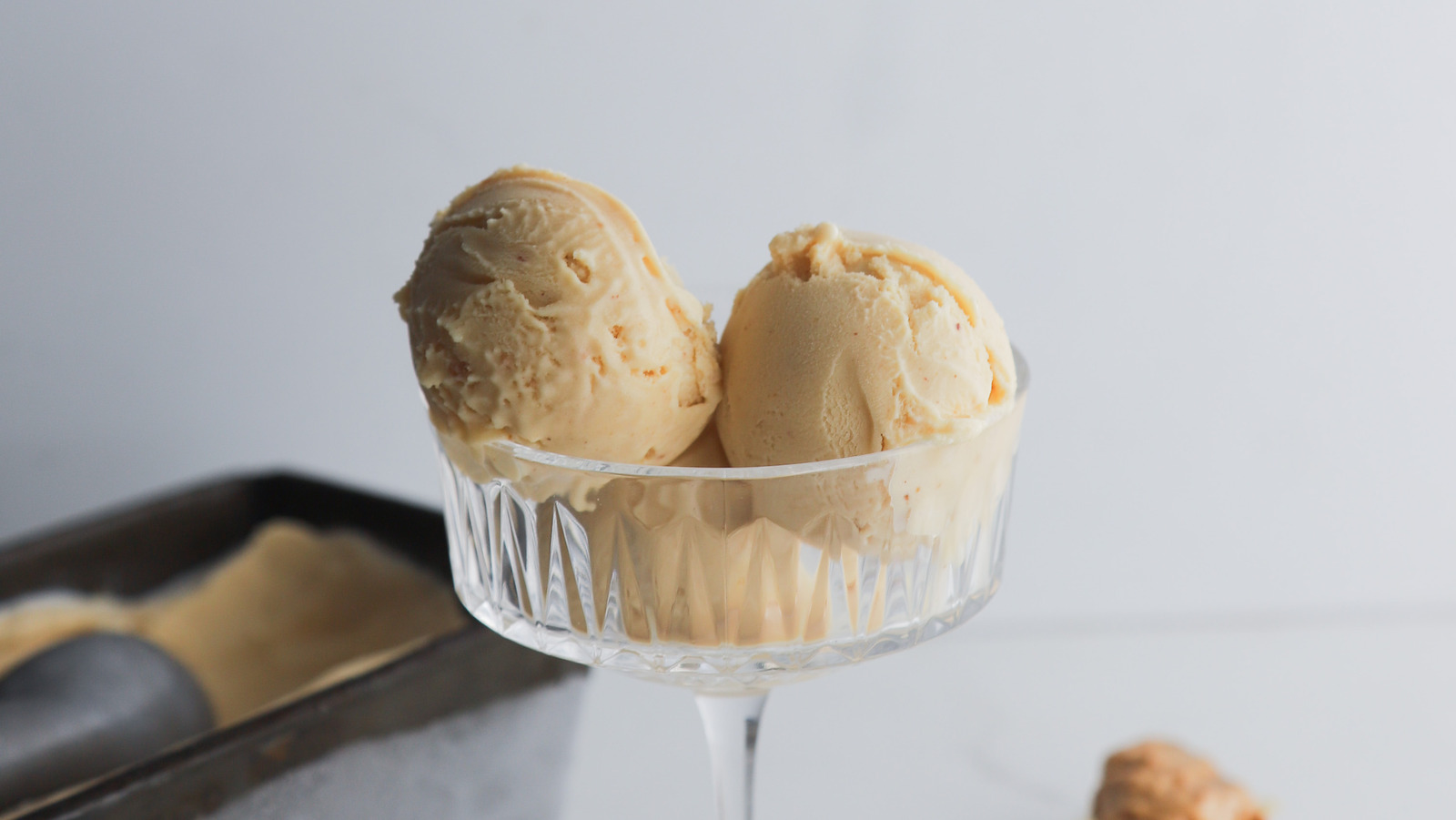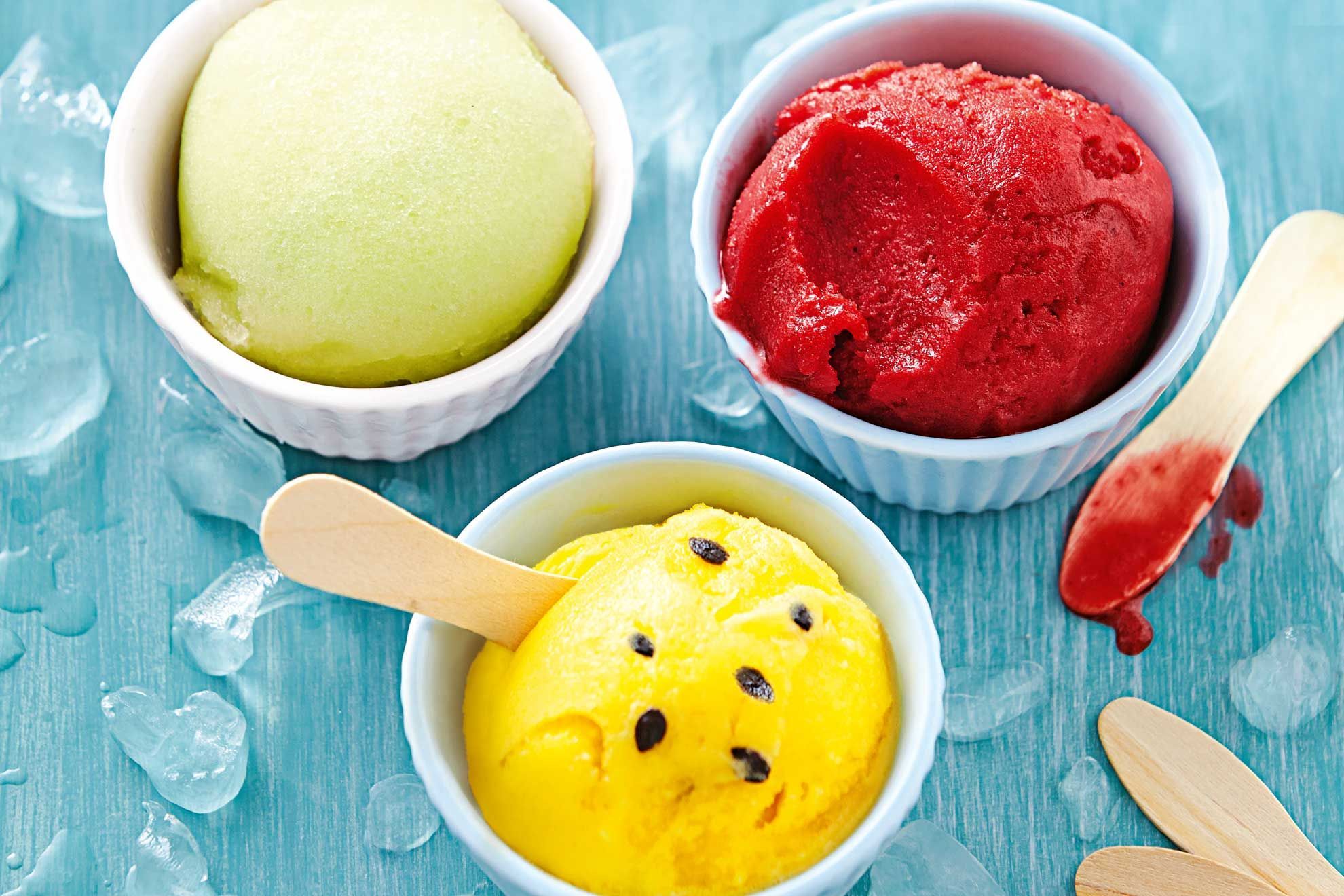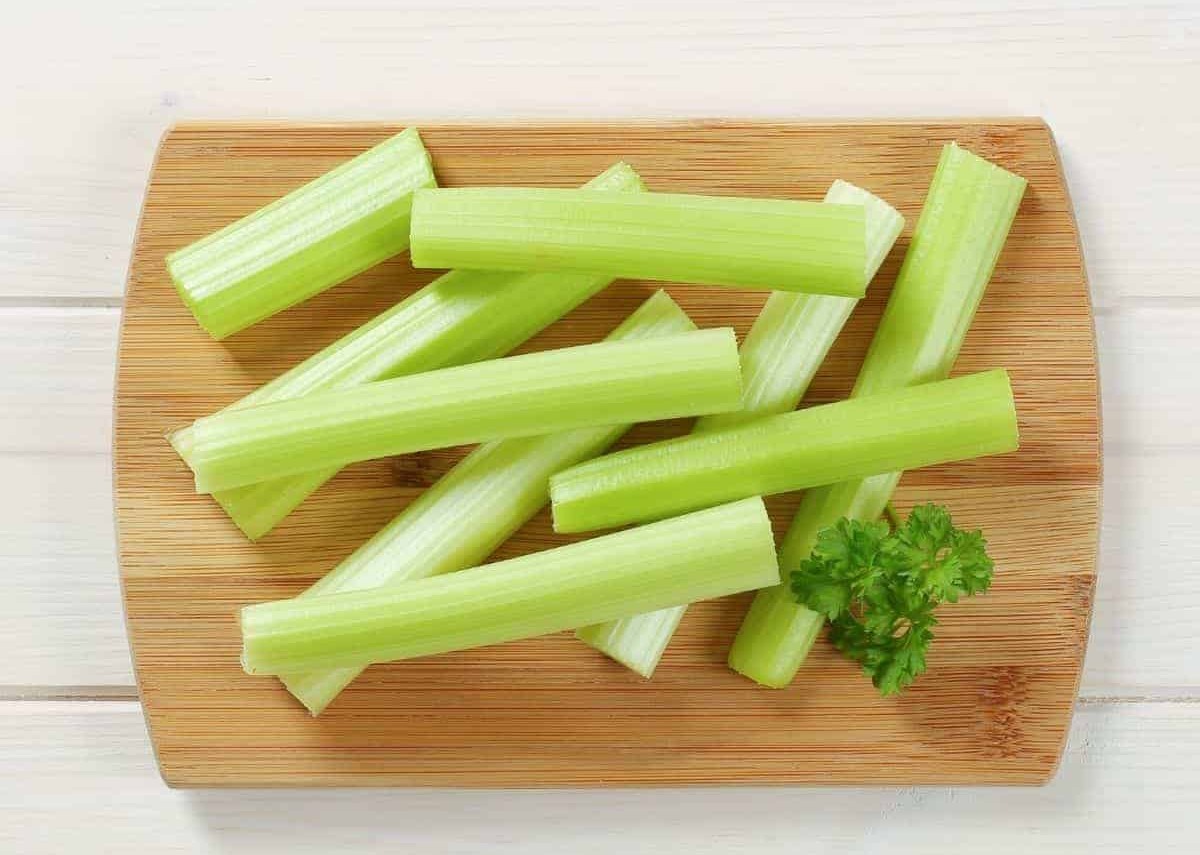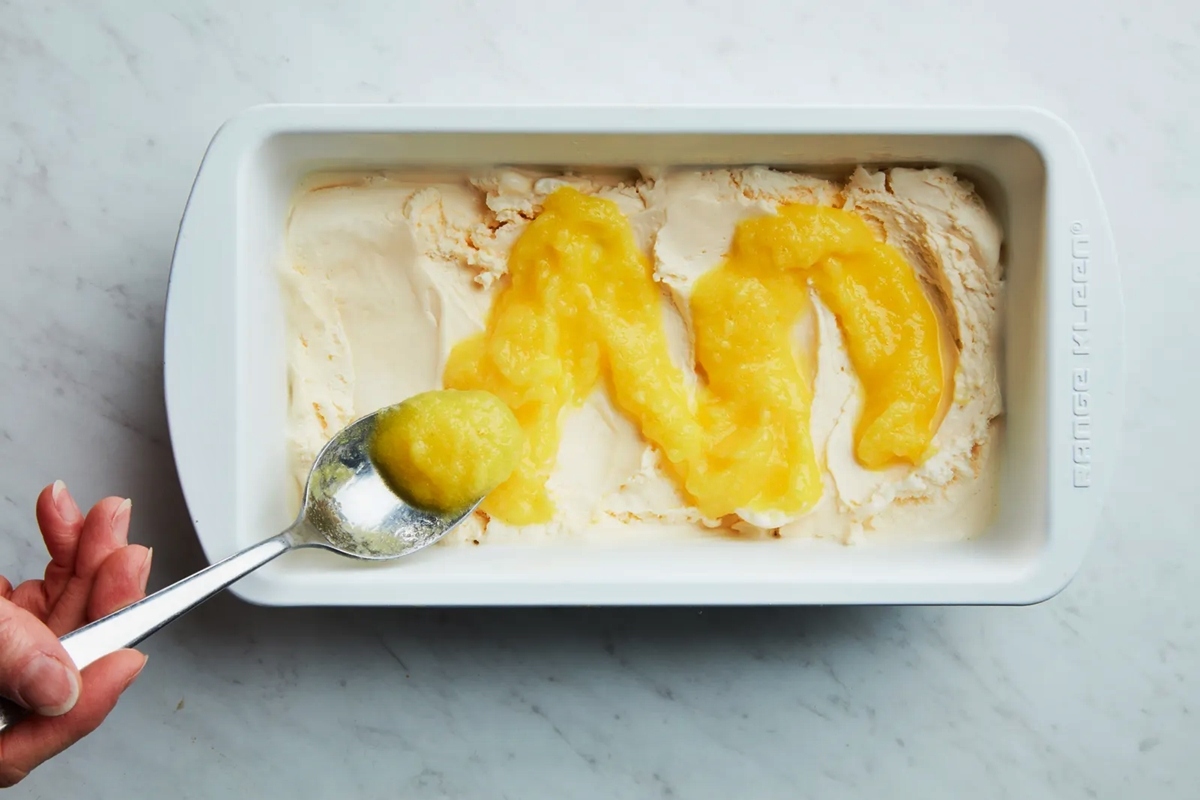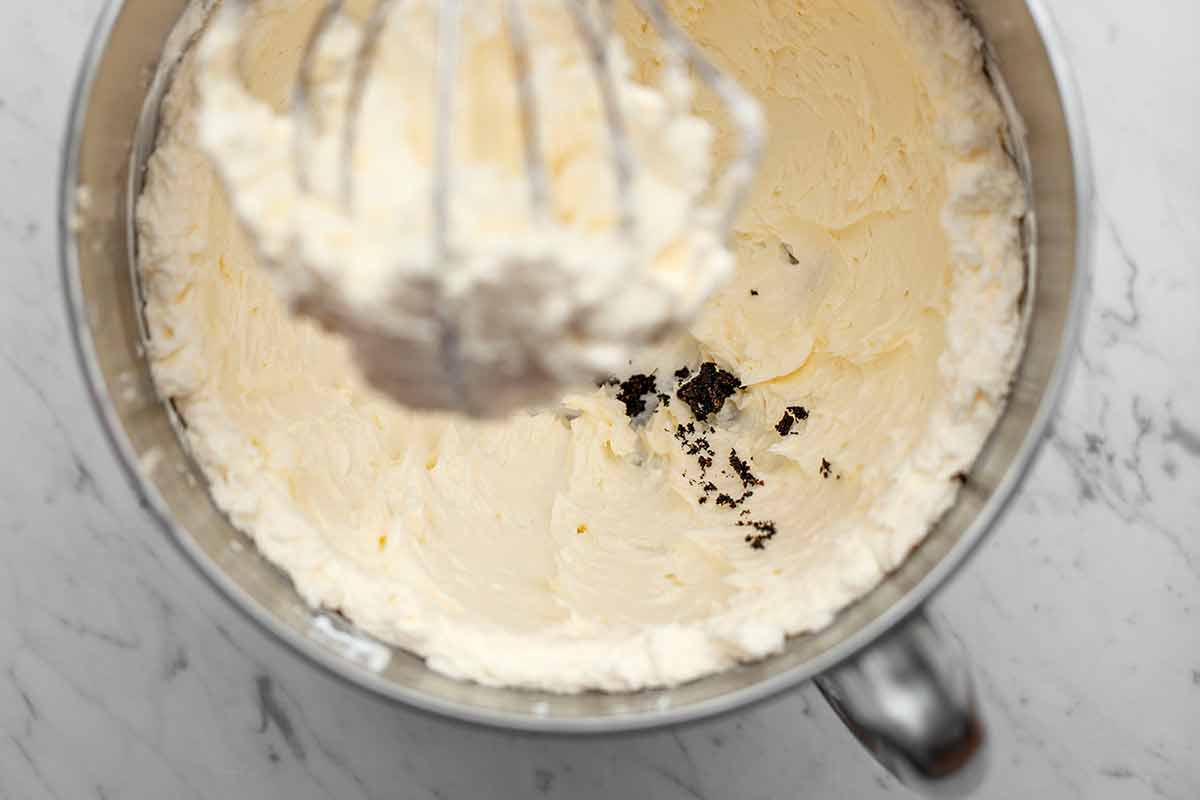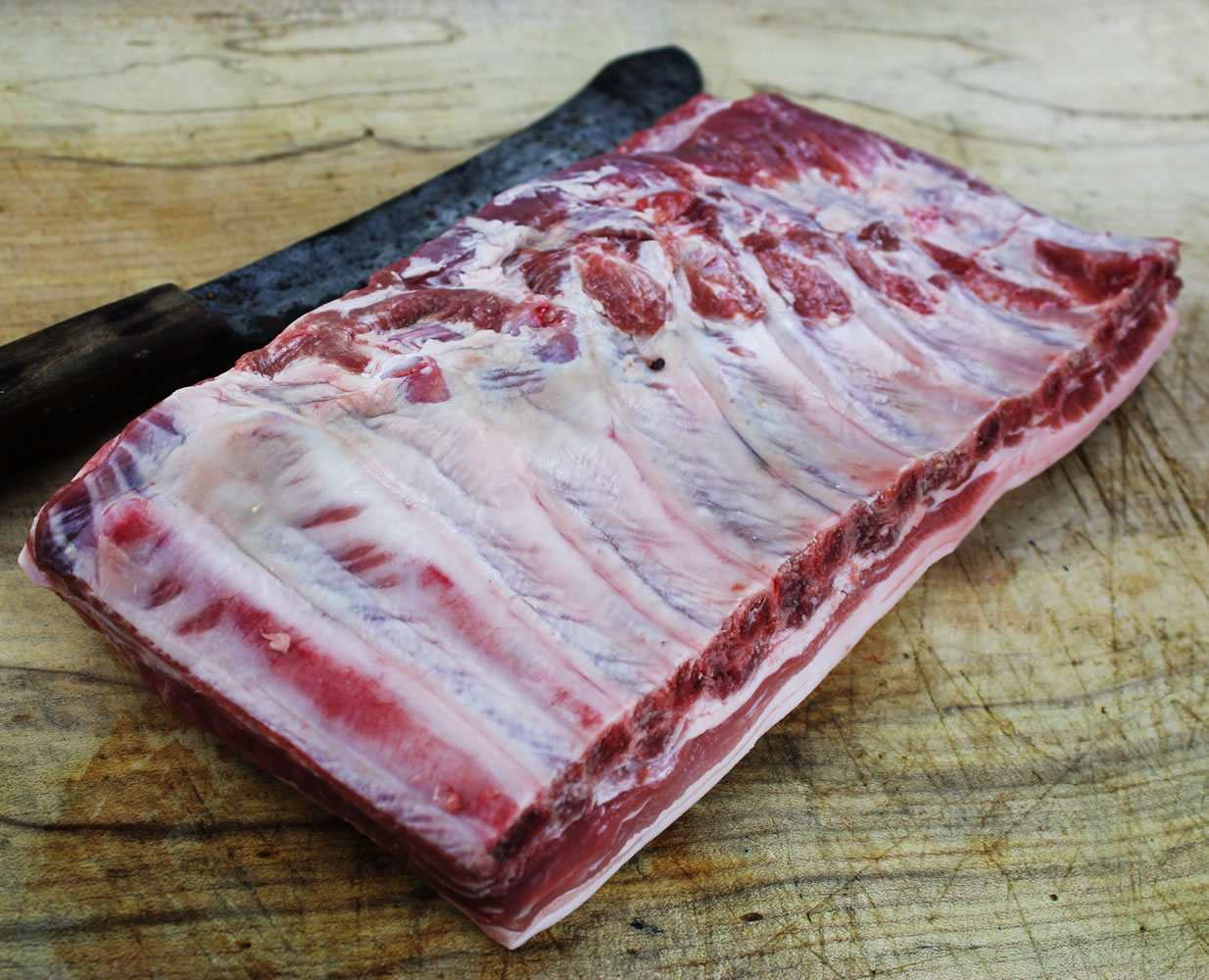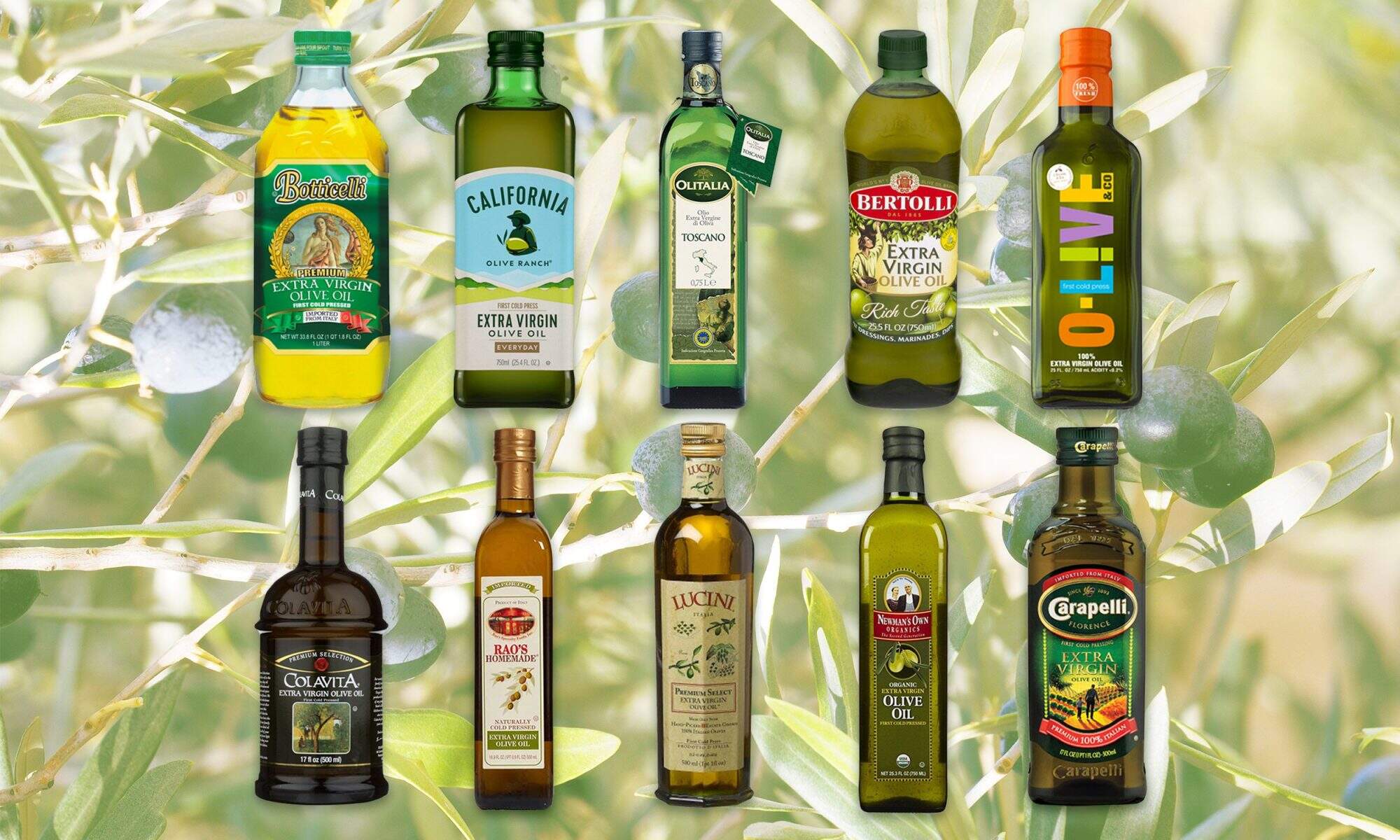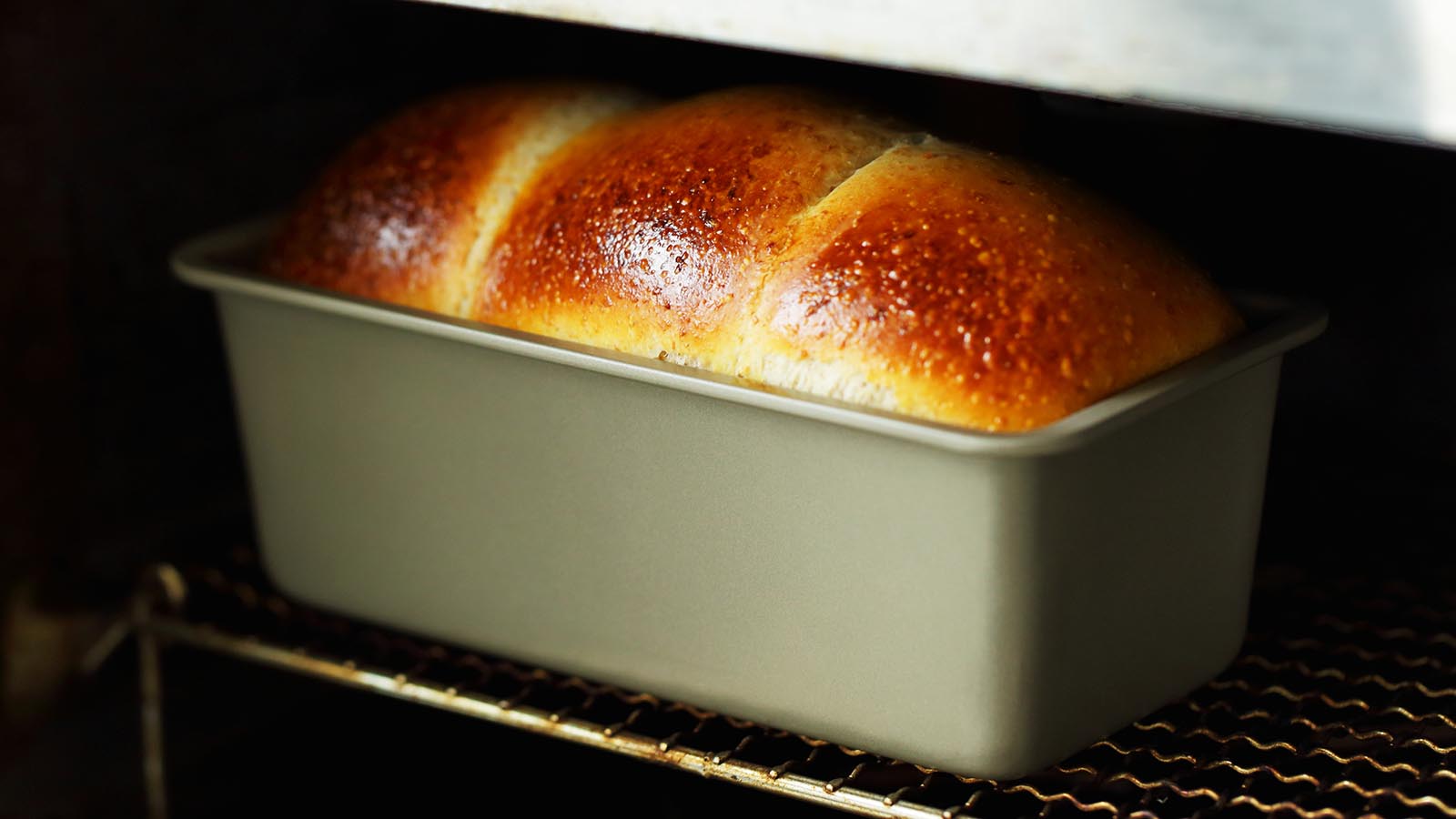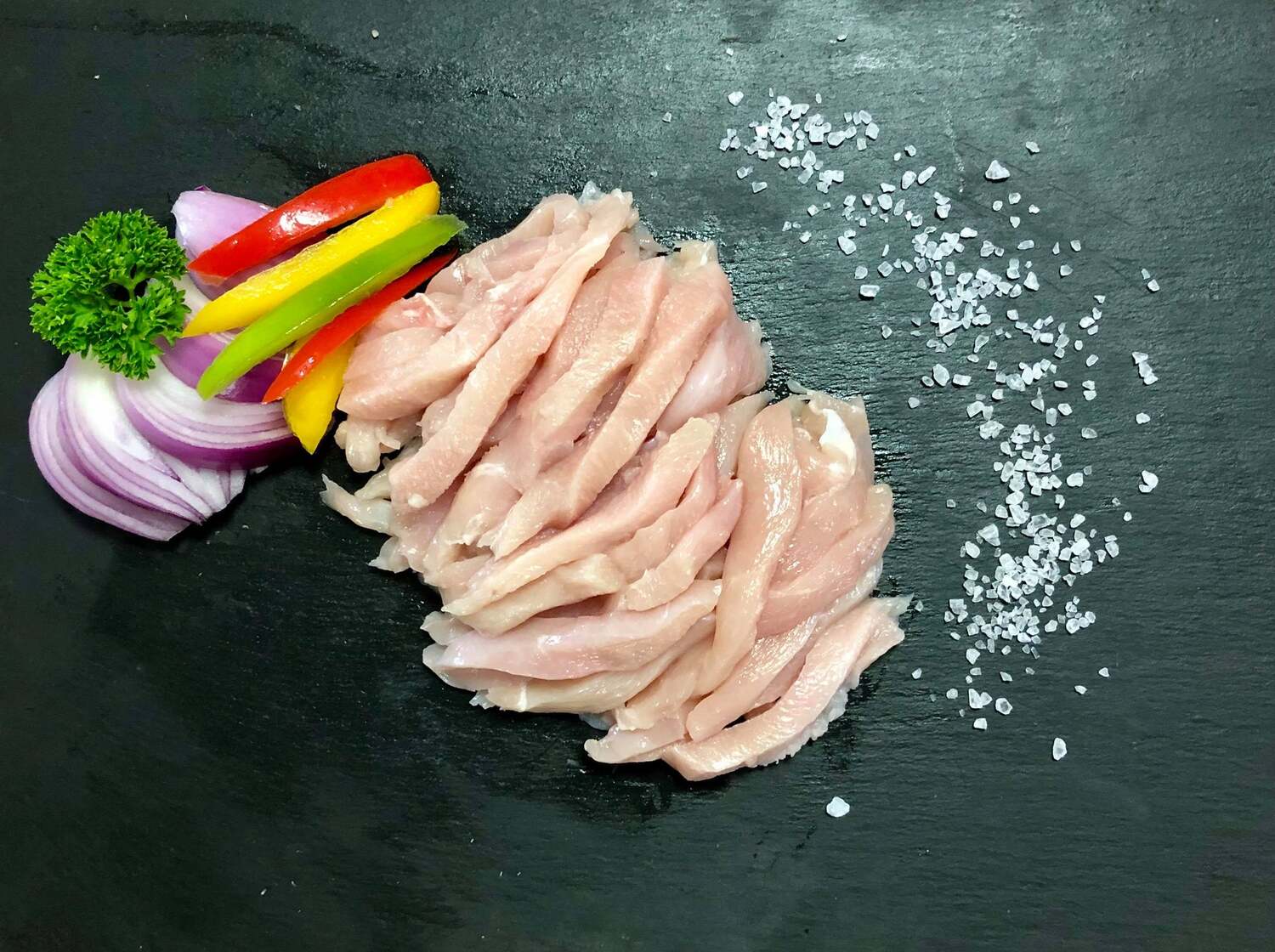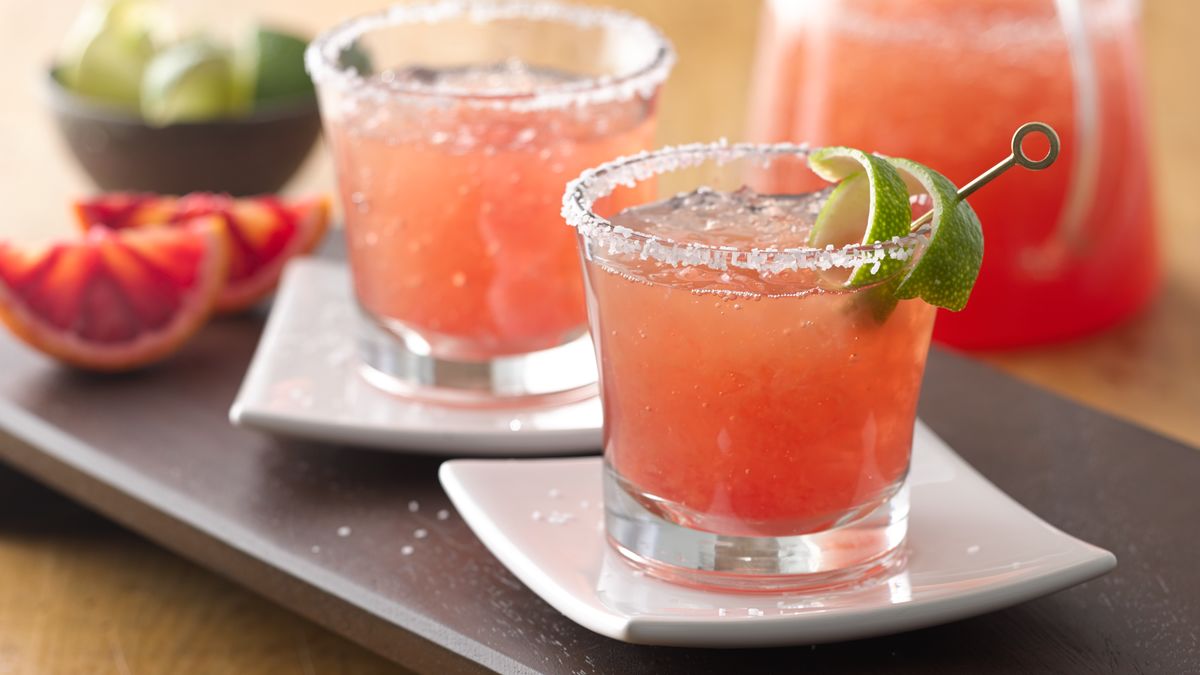The Science of the Best Sorbet
When it comes to desserts, few things can beat the refreshing and vibrant taste of a well-made sorbet. This frozen treat, with its smooth and light texture, is perfect for those hot summer days or a delightful finale to a delicious meal. But have you ever wondered what makes the best sorbet truly exceptional? Let’s delve into the science behind it and discover the secrets to creating the perfect sorbet.
The Perfect Balance of Flavors
One of the keys to making the best sorbet is finding the perfect balance of flavors. Whether it’s the tangy sweetness of lemon, the richness of chocolate, or the tropical burst of mango, the choice of ingredients plays a crucial role.
By using fresh and high-quality fruits or other flavorings, you can ensure that your sorbet has a vibrant and intense taste. The natural sugars in the fruits provide the necessary sweetness, while a touch of acidity helps to enhance the overall flavor profile.
In addition to the main flavor, adding subtle hints of complementary flavors can take your sorbet to the next level. For example, a dash of mint or a pinch of sea salt can elevate the taste and bring out the nuances in your creation.
The Importance of Texture
Texture is another pivotal aspect of a great sorbet. While ice cream relies on dairy fats for its creamy texture, sorbet achieves its velvety smoothness through a different approach – the science of freezing.
When making sorbet, it’s essential to create smaller ice crystals to achieve a smooth, melt-in-your-mouth consistency. This can be achieved by ensuring that the sorbet mixture freezes quickly and evenly. To accomplish this, chilling the mixture before freezing is crucial, as is churning it during the freezing process.
By using an ice cream maker or an electric mixer, you can introduce air into the mixture, preventing large ice crystal formation and resulting in a smoother texture.
The Role of Sugar and Water
Sugar and water play a vital role in the science of sorbet. Sugar not only adds sweetness but also lowers the freezing point of the mixture. This prevents the sorbet from becoming rock-hard when frozen, resulting in a more enjoyable texture.
Water is the main component of sorbet, providing the freezing medium. The proportion of water to other ingredients affects the freezing process and the overall texture of the sorbet. Too much water can make the sorbet icy, while too little can result in a dense and hard texture.
Chilling, Freezing, and Serving
Once you’ve crafted the perfect sorbet mixture, it’s time to chill and freeze it. Remember to chill the mixture in the refrigerator before transferring it to an ice cream maker or for manual freezing. This will give the flavors time to meld together, resulting in a more harmonious taste.
The ideal freezing temperature for sorbet is around 0°F (-18°C). This low temperature ensures quick freezing and the formation of smaller ice crystals, leading to a smoother texture. Be sure to follow the instructions provided with your ice cream maker or refer to a sorbet-specific recipe for best results.
When serving the sorbet, allow it to soften slightly at room temperature for a few minutes. This softening process enhances the flavors and makes it easier to scoop.
- Use fresh and high-quality ingredients.
- Find the perfect balance of flavors.
- Chill the mixture before freezing to ensure even freezing and a smooth texture.
- Consider the role of sugar and water in achieving the desired consistency.
- Follow proper freezing and serving techniques for the best results.
Now armed with the science behind creating the best sorbet, you can experiment with various flavors and techniques to craft your own frozen masterpiece. Whether you’re a sorbet connoisseur or a curious foodie, understanding these scientific principles will undoubtedly elevate your sorbet game to new heights!
So, go ahead, whip up a batch of your favorite sorbet, and indulge in the magical combination of flavors and textures that make this frozen treat so irresistible.
